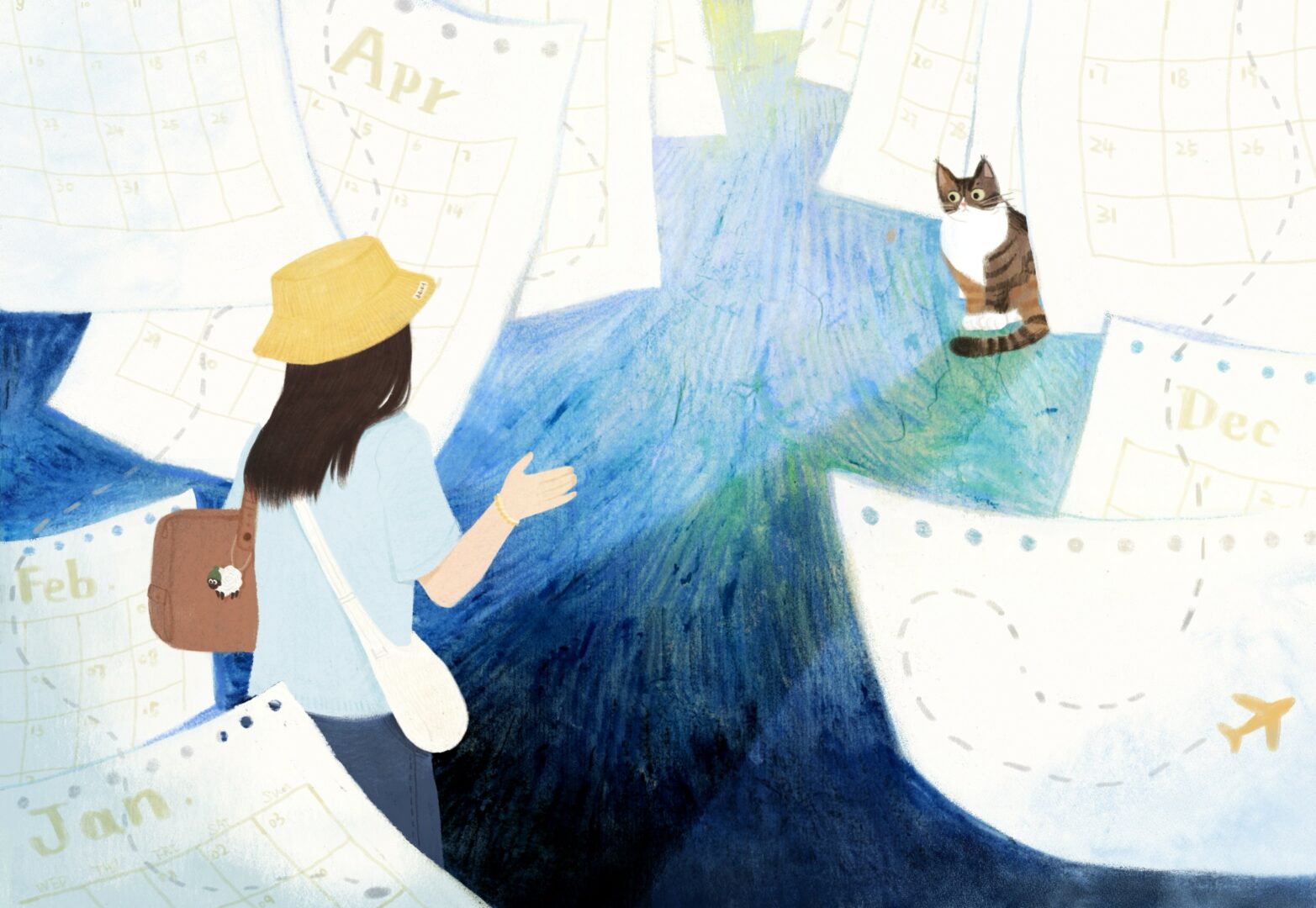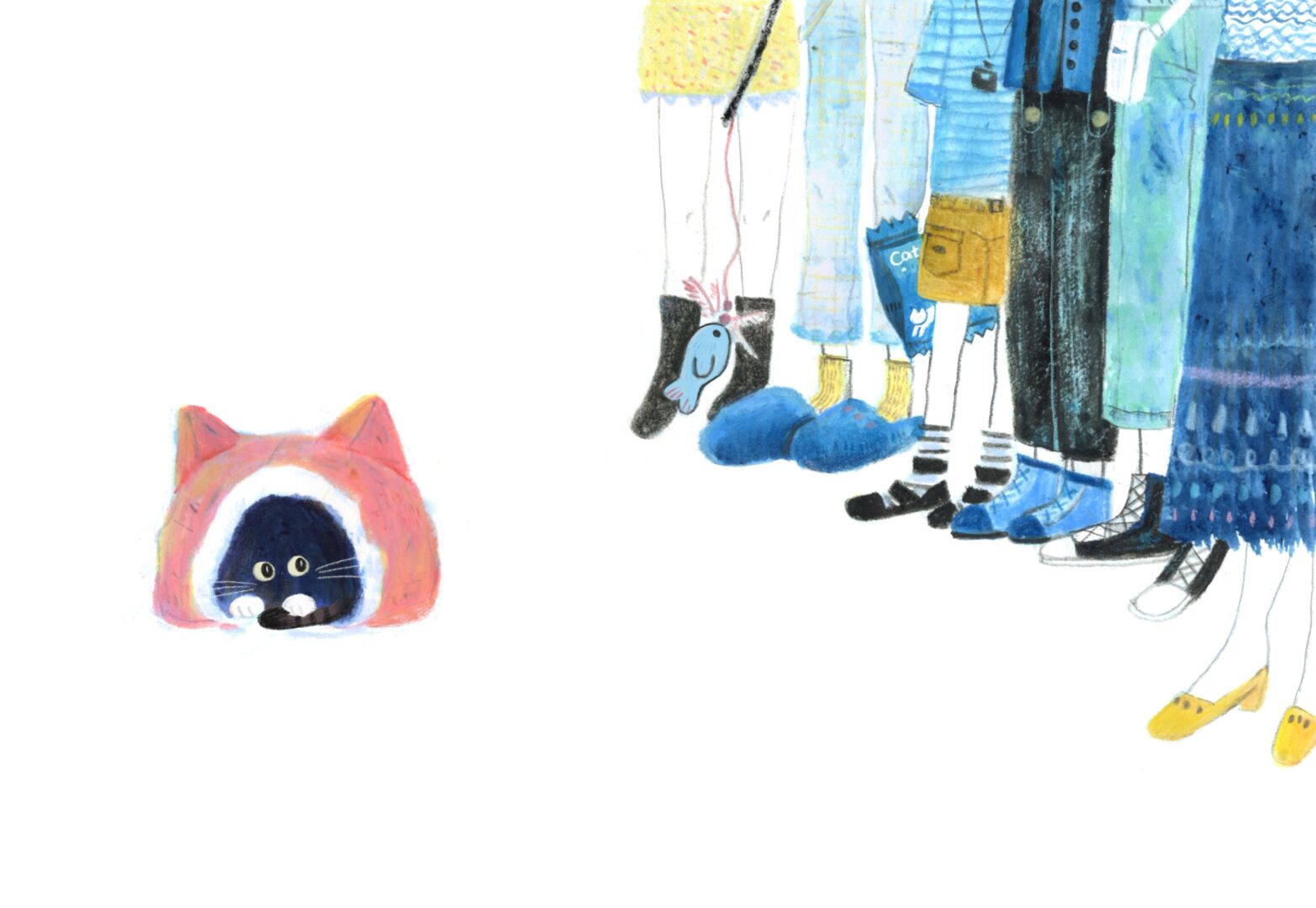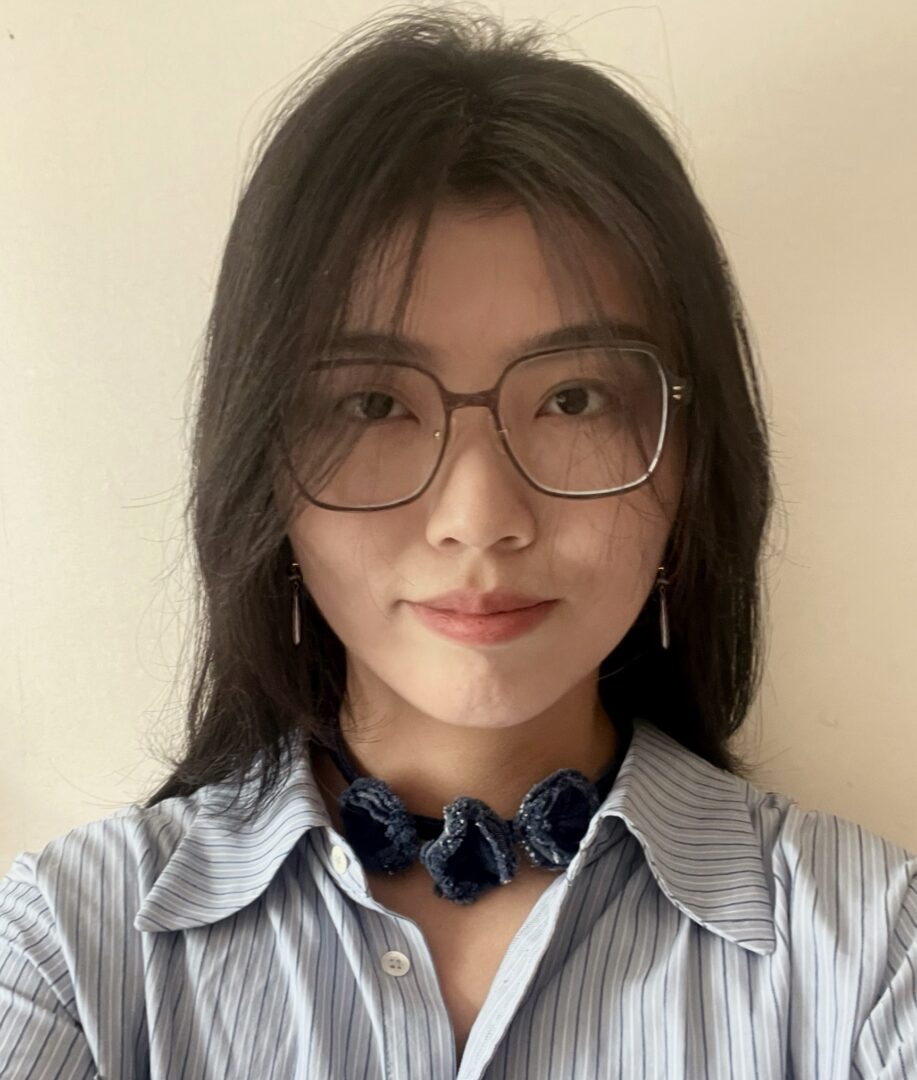Alright – so today we’ve got the honor of introducing you to Jingxuan Yang. We think you’ll enjoy our conversation, we’ve shared it below.
Hi Jingxuan, we’re so appreciative of you taking the time to share your nuggets of wisdom with our community. One of the topics we think is most important for folks looking to level up their lives is building up their self-confidence and self-esteem. Can you share how you developed your confidence?
I’m not naturally an optimistic or confident person. In fact, I’m highly sensitive and empathetic, and I tend to be extremely modest—perhaps even to the point of underestimating myself. While I’ve come to truly value these qualities, they’ve also led me into periods of anxiety and self-doubt. So when it comes to building confidence and self-esteem, I believe I have more to share than someone who’s always had a strong sense of self.
First of all, create diligently. Practice often. Use time and action to exchange for inner peace. For me, nothing feels more discouraging than when my artwork doesn’t turn out the way I envisioned. Talent, mood, even the weather—these are all factors beyond our control. But improving your skills and gradually developing your own voice as an artist—that’s where real confidence begins to take root.
Secondly, don’t be afraid to put your work out into the world. Don’t tell yourself it’s “not ready” or “not good enough”. I used to show my drawings only to my parents and a couple of close friends. They were always supportive, but that also made me wonder whether they were being truly honest, or simply kind. What if my work wasn’t actually any good? When I post my art on social media, I don’t expect everyone to like it—that’s impossible—but I do receive some amazing feedback. Whether it’s shared experiences, sincere compliments, or constructive criticism, these responses make me grounded in reality, rather than trapped in my own doubts.
This brings me to my next and most important point: art is ultimately an honest conversation from the heart, one that always contains unfiltered self-expression. The work I put in, and the decision to share it, are how I connect with the world around me. But I never allow those things to define or control me. We all want recognition, of course—that’s perfectly natural—but I don’t create for approval. It’s more like flying a kite: I want my beautiful kite to soar high in the sky. I’ll run with the wind, follow the path ahead—but I’ll always hold on tightly to the string. And if I ever need to, I can stop and turn into the wind.
My confidence and self-esteem have grown gradually, largely because I’ve had the courage to stay true to my creative intentions, even when others questioned them—and because I’ve learned to accept praise with grace, rather than deflecting it out of excessive modesty.
To me, strength isn’t about some solitary journey of conquest; it’s about facing yourself with honesty, embracing support and encouragement from others, and slowly, steadily finding your own voice.


Thanks for sharing that. So, before we get any further into our conversation, can you tell our readers a bit about yourself and what you’re working on?
After graduating from art school with a degree in graphic design, I spent two years working as a freelance illustrator. Much like design, which is essentially about solving problems for others, illustration can also become a service-based practice. Over time, I began to feel lost again—driven more by the need to earn a living than by personal expression. I had become, in a sense, someone else’s pencil, and my own voice had grown faint.
Eventually, I decided to make a change and went on to study Children’s Book Illustration at the Cambridge School of Art. I was incredibly fortunate to be mentored by Martin Salisbury, an artist and teacher I deeply admire. During the MA course, I created three picture book stories and, in the process, rediscovered the simple, profound joy of drawing—just me, a pen, and paper.Some of my work received awards, which came as a surprise—I hadn’t expected to be recognised as a picture book artist. That said, it hasn’t been an easy path. Creating picture books often isn’t financially sustainable, and like many artists, I’ve struggled with the cost of materials—beautiful paints, paper, and tools I still long to afford. Every artist knows how expensive—and irresistibly tempting—these things can be.
As much as I love drawing, I also love experiencing life. Art may be imaginative, even fantastical, but no dream is entirely disconnected from reality. That’s why I enjoy travelling—seeing different landscapes, cultures, architecture, and cuisines all enriches my work in ways I couldn’t achieve otherwise. At the moment, I’m still working as a freelance illustrator and designer in my hometown. But my time living and studying abroad has made me more confident and assured in my path. I hope to collaborate with people who genuinely appreciate my work, and I’m currently focused on developing a body of personal projects—something that might one day grow into a studio or brand of its own. Above all, I no longer wish to work mechanically to fulfil someone else’s vision. What I want is a healthy, creative dialogue—a collaboration where my voice is also heard.
What makes my work particularly special these days is that I’m often able to offer clients ideas that go beyond what they initially imagined. While I always make sure to include any key elements they’ve requested, I aim to bring a sense of liveliness and originality to the design—often uncovering creative possibilities the client hadn’t even realised were there.The truth is, most clients don’t actually know exactly what they want. More often than not, they have a vague feeling or mood in mind, but struggle to put it into words. That’s where my sensitivity and empathy come into play. When a client shares a written brief or even just a description, I try to read between the lines—to pick out interesting threads, and have an open, honest conversation with them to understand their unique character and style.This process allows me to interpret their ideas in a visual language that suits them—one that may be different from what they had imagined, but often feels more “right” once they see it.


If you had to pick three qualities that are most important to develop, which three would you say matter most?
If I were to choose one quality, one skill, and one area of knowledge that matter most to me, they would be: staying true to my principles, gathering information, and the ability to appreciate different things.
For those just beginning their learning journey—especially during uncertain or wavering moments—my advice would be: try to make your own decisions. Whether it’s choosing what to have for dinner or setting a long-term life goal, every decision, big or small, helps you discover your personal values and boundaries. Over time, you’ll learn to protect what matters most to you and keep it at the heart of every choice you make. Often, it’s precisely having a set of principles that brings freedom and ease—because once you know what you stand for, the outcome doesn’t need to shake you. Even if things don’t go to plan, you won’t be easily thrown into anxiety or self-doubt.
Gathering information, I believe, takes many forms: reading a book you love, listening to a song, watching a film, or having a meaningful conversation. Every day, we are surrounded by vast amounts of information. Learning how to collect, reflect on, and organise it helps you build your own understanding of the world—and find a sense of order in what often feels like chaos.
While the first two might help you do better, the ability to appreciate different things helps you feel better. I’d sum it up in one word: being moved. It’s not just about tears over a touching film; it’s about knowing why you’re moved. It’s about accepting the reality of the world, seeing the energy behind the surface noise, and noticing small, delightful shifts in an otherwise routine life.
Ultimately, all of this is about finding a sense of inner fulfilment—not about appearing noble or admirable to others.


What would you advise – going all in on your strengths or investing on areas where you aren’t as strong to be more well-rounded?
People often say that interest is the best teacher—and I do believe that if something feels both difficult and dull, it’s unlikely you’ll stick with it for very long. That’s why I try to lean into what I’m naturally good at, and allow that strength to guide my development. When you start from a place of genuine interest, you’re far more likely to refine your skills over time.
Let me use drawing as an example. When I was young, I loved doodling with a black pen—sketching with lines came very naturally to me. But as I started watching animated films, I fell in love with the use of light and shadow. That led me to learn pencil sketching, which eventually opened the door to colour theory, character design, environments, and storytelling. Step by step, I expanded my skill set—not out of obligation, but because I wanted to. It was all a chain reaction that began with a love of drawing and a style I felt comfortable with, followed by a growing curiosity and a desire to go further.
Beyond illustration, my interests have also pushed me to explore other areas. Wanting to study courses taught by artists from different countries, I worked hard to improve my English, taught myself Japanese, learned how to draw digitally, how to create simple animations—and, more recently, in order to have the energy to go out sketching, I even took up exercise—something I never liked—and ended up losing a bit of weight and becoming healthier in the process.
We all need a bit of motivation and the occasional reward to keep going. Life already gives us enough setbacks—we shouldn’t turn the very things we love, the things we’re good at, into burdens.
Contact Info:
- Instagram: sleeplessisland3095
- Linkedin: Jingxuan(Jocelyn)Yang
- Other: Email:[email protected]
Little Red Book:失眠岛sleepless(id:1145272665)


so if you or someone you know deserves recognition please let us know here.




